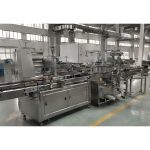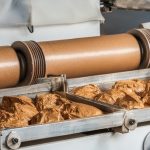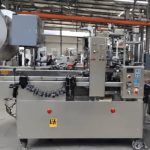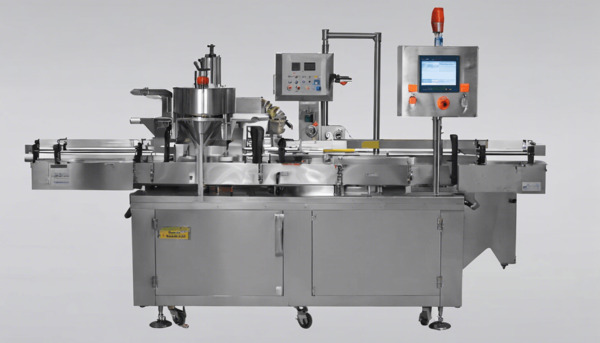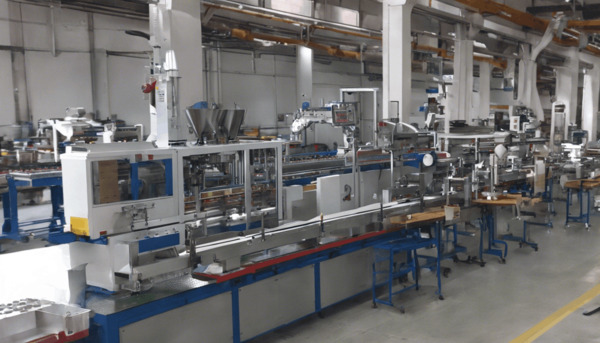
Understanding the Difference Between a Case Former and a Case Erector
In the packaging industry, automation plays a crucial role in enhancing efficiency and productivity. Two essential machines in this domain are the case former and the case erector. While they might seem similar at first glance, they serve distinct purposes and are designed for different stages of the packaging process. Understanding the differences between these two machines is vital for businesses looking to optimize their packaging operations.
Case Former: The Basics
A case former is a machine designed to take flat cardboard blanks and fold them into a three-dimensional box shape. The primary function of a case former is to prepare boxes for the subsequent packaging process. It ensures that the boxes are consistently formed to the correct dimensions, providing a reliable base for packing products. Case formers are particularly useful in high-volume operations where consistency and speed are critical.
The process typically involves feeding flat box blanks into the machine, which then uses a series of mechanical arms and guides to fold the blanks into boxes. The formed boxes are then ready to be filled with products. Some advanced case formers also include features like adhesive application to secure the box flaps, ensuring the boxes maintain their shape during handling.
Case Erector: The Essentials
A case erector, on the other hand, is a more advanced machine that not only forms boxes but also erects them into a ready-to-use state. This means that a case erector takes the process a step further by opening the box, folding the bottom flaps, and sealing them, typically with tape or glue. This results in a fully assembled box that is ready to be filled with products.
Case erectors are often used in conjunction with other packaging machinery, such as case packers and sealers, to create a fully automated packaging line. They are ideal for operations that require high throughput and minimal manual intervention. By automating the box erection process, businesses can significantly reduce labor costs and improve overall efficiency.
Key Differences Between Case Formers and Case Erectors
While both machines are involved in the box preparation process, the key differences lie in their functionality and complexity:
- Functionality: A case former primarily focuses on forming the box shape, whereas a case erector goes further by fully assembling the box, including sealing the bottom flaps.
- Complexity: Case erectors are generally more complex machines with additional components for sealing and erecting the boxes, making them suitable for more automated environments.
- Application: Case formers are ideal for operations where boxes are formed and then manually filled, while case erectors are better suited for fully automated lines where boxes need to be ready for immediate filling.
- Cost: Due to their additional capabilities, case erectors tend to be more expensive than case formers.
Choosing the Right Machine for Your Needs
When deciding between a case former and a case erector, businesses should consider their specific packaging needs, volume requirements, and budget constraints. For operations that require high-speed packaging with minimal manual intervention, a case erector might be the better choice. However, for businesses with lower volume requirements or those that prefer a more hands-on approach, a case former could be more appropriate.
Ultimately, the choice between a case former and a case erector will depend on the level of automation desired and the specific requirements of the packaging process. By understanding the differences and capabilities of each machine, businesses can make informed decisions that enhance their packaging efficiency and productivity.
